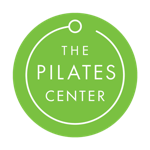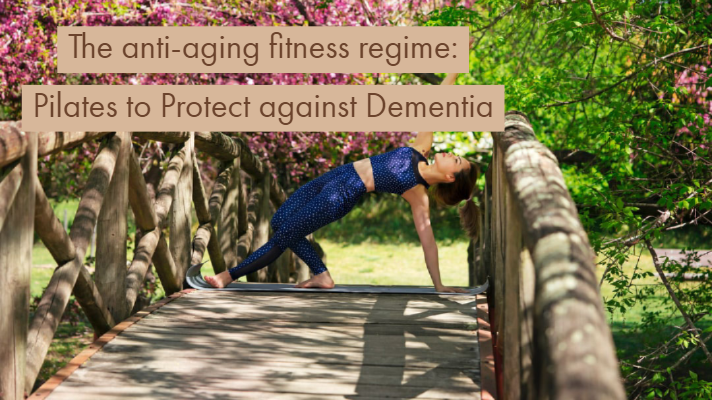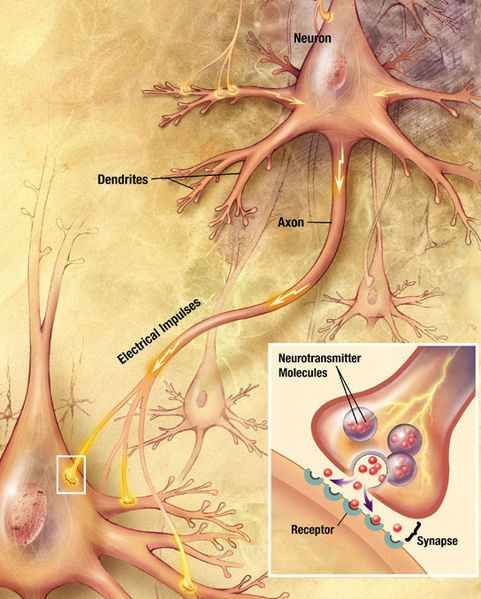|
It’s very rare that science can actually point to one thing as a silver anti-aging bullet, and I always approach any “too good to be true” claims with skepticism. (“Reduce Belly Fat with Chia Seeds!” Really??.). But one claim DOES have the science to back it up, and that is that exercise really is the fountain of youth. Exercise has been shown to: Physically
Mentally
The protective effects of exercise against dementia are especially important, since strong evidence indicates that memory and other cognitive functions start declining at age 50, and people are living longer than ever. How does exercise protect against dementia? Recent research shows that physical activity seems to help your brain not only by keeping the blood flowing but also by increasing chemicals that protect the brain and countering some of the natural reduction (brain tissue loss) in brain connections (nerve cells) that naturally occurs with aging. A recent study found that physical activity might reduce the buildup of a normally occurring protein in our brains called b-amyloid. When b-amyloid clumps together and forms “plaques” on our brains, it erodes our nerve cell synapses, which are essential to things like storing memories, processing thoughts and emotions, and planning and ordering how we move our bodies. Preventing the deterioration of these synapses preserves these areas of our brain. Low-grade inflammation is common during aging and seems to be linked to brain tissue loss. Lower levels of inflammation and healthier nerve cells equates to better cognitive functioning. Researchers from Brazil and Belgium have found that regular physical activity helps reduce the cytokines in our bodies that promote inflammation (“pro-inflammatory cytokines”) while improving the concentration of Brain-Derived Neurotrophic Factor (BDNF). BDNF is a protein that, in our brains, helps the nerve cells mature, grow, survive, and function optimally. Lastly, exercise has been found to help our existing nerve cells communicate better as well as help us develop new nerve cells (neurogenesis)! Researchers found that physical activity increases the length and branching of our dendrites (dendrites are a nerve cell part that brings electrical signals--information--to our cells to tell them what to do) and also increases the production of neurons (nerve cells) in our hippocampus (the area of our brain responsible for memory, learning, and emotion). Image credit: https://www.ducksters.com/science/nervous_system.php So how often should you be doing Pilates to receive these benefits?
Ideally, at least three times per week, using a combination of private and group sessions. Pilates exercises are about moving correctly, and your results will improve greatly from the one-on-one instruction of private training. You will gain more from your group classes by effectively practicing what you learned in your private session. For this reason, we recommend that you round out your practice with a combination of private and group training. Once you understand the exercises and can perform them correctly, group equipment classes are a cost-effective way to get more practice. If you’re interested in bettering your body AND your mind, contact us today to get started!
3 Comments
Leave a Reply. |
Heather GradkeI'm a BASI Certified Pilates Instructor by day, somewhat competent housewife by night. I used to have hobbies but then CHILDRENS. I am married to the love of my life and somewhat charismatic Rustin Gradke. I have 4 kids that are wonderful sometimes but mostly they just eat a lot. I'm a lover of God and movement and the occasional bowl of queso. Archives
July 2024
Categories |



 RSS Feed
RSS Feed